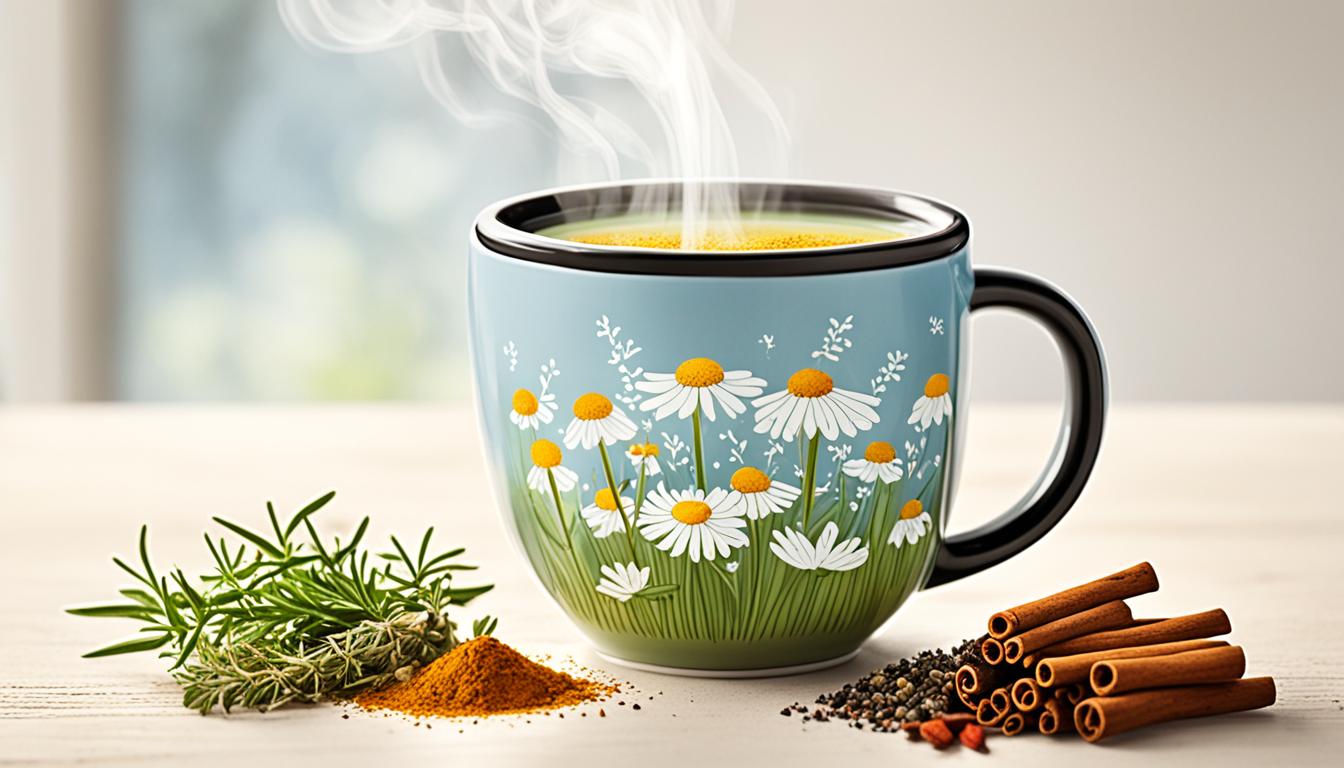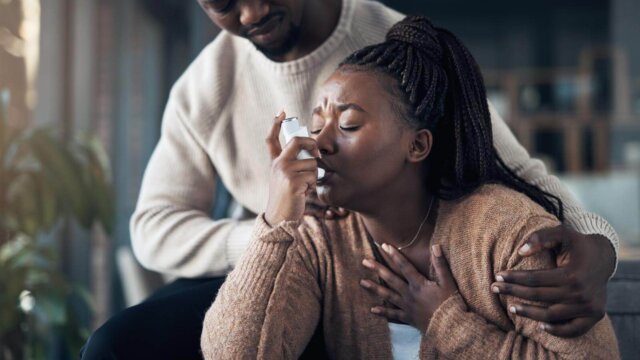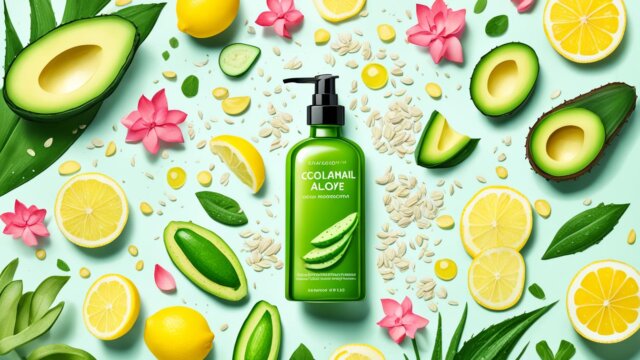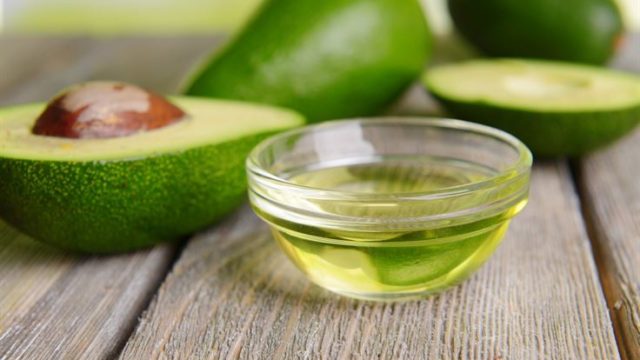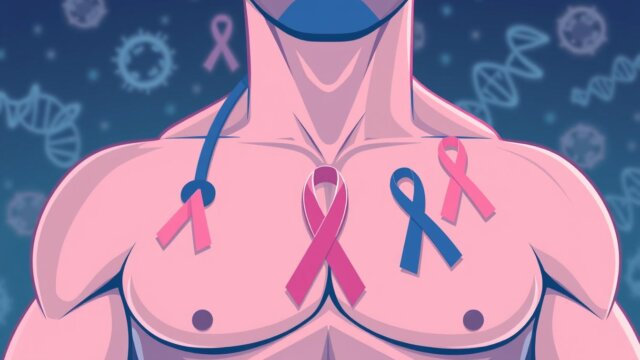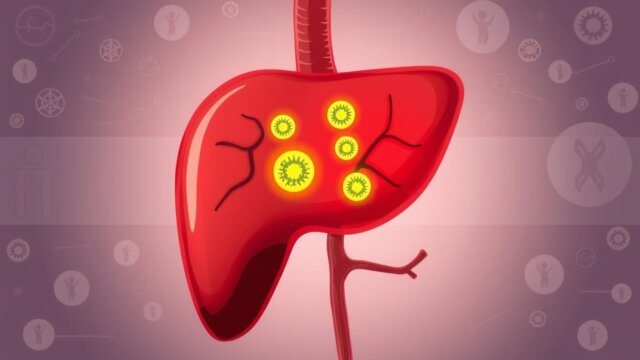FTC disclaimer: This post may contains affiliate links and we will be compensated if you click on a link and make a purchase.
Most people with a vulva and vagina face a yeast infection at some point in life. Luckily, there are many home remedies that can give relief. Natural yogurt, boric acid, and essential oils are some. They can help without the use of strong medicines.
Medications like antifungal creams work well against yeast infections. Boric acid suppositories might clear yeast infections that won’t go away with other treatments. But, boric acid can be dangerous in big doses and isn’t safe for pregnant women or those with sensitive skin.
Natural things like tea tree oil, coconut oil, and garlic fight fungus. Probiotics and yogurt can also rebalance bacteria and yeast. But, not everything works. Some examples are apple cider vinegar baths and hydrogen peroxide. Vitamins C and E support the immune system and can help with yeast infection swelling.
Key Takeaways
- Natural remedies like yogurt, boric acid, and essential oils can help treat yeast infections
- Probiotics and probiotic supplements may restore the balance of bacteria and yeast in the body
- Over-the-counter medications can effectively treat yeast infections, but home remedies may provide relief for some
- Pregnant women and those with sensitive skin should use caution with certain home remedies
- Consulting a healthcare professional is recommended for persistent or severe yeast infections
Home Remedy for Yeast Infections
Many home solutions can help with yeast infections and are good for natural treatment. You can try natural yogurt, boric acid, and oil of oregano. Also, using probiotic supplements and coconut oil might work. Additionally, try tea tree oil, apple cider vinegar, and garlic. Other possible aids are hydrogen peroxide, vitamin C, and vitamin E.
Some of these remedies have been shown to help in studies. But remember, how well they work can vary. Also, they might not be right for everyone or every type of infection. It’s smart to talk to a doctor, especially if it’s your first yeast infection. Or if these methods don’t fix the problem.
A mix of plain yogurt and bee honey in a cream was seen to help vaginal yeast infections in a 2015 study. Eating yogurt can make the gut’s good bacteria grow, which might fight off yeast.
Oregano oil was found to slow down the growth of Candida in a 2017 study. Studies also show that probiotics in the form of suppositories can aid against BV. Coconut oil works against Candida too.
In 2022, boric acid gel was proven to ease candida albicans symptoms in mice. Tea tree oil can kill different yeasts and fungi, including candida albicans. Specially designed probiotic pills helped nearly 87% of women with long-term yeast issues feel better in a 2012 study.
Putting apple cider vinegar in your bath might remove harmful bacteria, including yeast. In 2019, a garlic solution was found to slow down Candida growth. Doctors sometimes advise using vitamin E for vaginal swelling, which can lessen the irritation from Candida albicans.
Greek Yogurt: A Probiotic Powerhouse
Probiotics in Greek yogurt fight Candida albicans, which causes yeast infections. A 2015 study showed a cream with yogurt and honey lessened yeast infection signs. You can eat yogurt, apply on the outside or inside, but pick plain without extra sugar or fruit. These can make yeast infections worse.
How to Use Greek Yogurt
Yogurt, whether from food or as a supplement, balances bacteria and yeast in the body, lowering yeast infection chances. Greek yogurt, rich in probiotics, is great for this. Each 7-ounce Greek yogurt has 20 grams of protein, helping your gut and vaginal health.
Benefits of Probiotics
The gut and vagina are closely linked. Taking in probiotics, like those in Greek yogurt, helps keep the right balance of bacteria and yeast. This cuts the risk and effects of yeast infections. Probiotics, notably Lactobacillus, battle Candida and stop future infections.
Boric Acid: A Powerful Antiseptic
Boric acid fights germs well and is good for tough cases. It can work with medicine to heal vaginal infections. It’s been a go-to for yeast infections for more than a century. Plus, it helps with yeast infections that keep coming back, causing few issues.
Precautions When Using Boric Acid
Boric acid is dangerous in big doses. It can hurt your kidneys, mess with your blood, and may even be fatal if used too much. If you use it, you might feel burning, see more watery discharge, or notice your vaginal area getting red. Expecting mothers should avoid it. For those with sensitive skin, looking into other treatments might be a good idea. Stop using it if it doesn’t feel right.
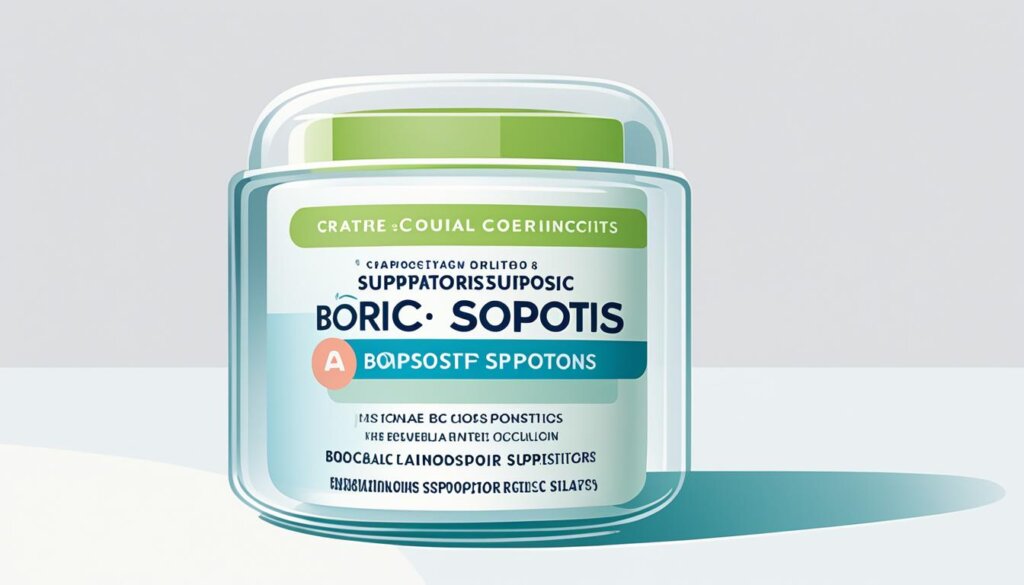
Oil of Oregano: Nature’s Antifungal
Oil of oregano comes from the wild oregano plant. It has thymol and carvacrol that fight fungus. Studies show it can control the yeast, Candida albicans, which causes most vaginal infections. Just mix 3-5 oil drops with olive or coconut oil. Then, use it on your skin but never inside the vagina or eat it. Essential oils like oregano are only for the outside.
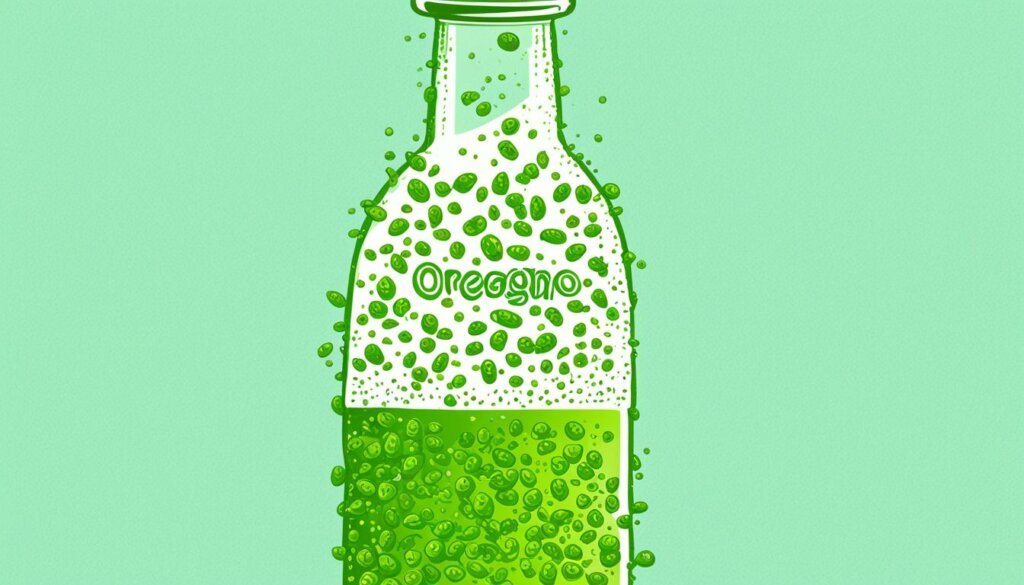
Vaginal fungal infections are common. They are from too much Candida yeast. Using oil of oregano can help. It has thymol and carvacrol that work against these yeasts. A study in 2017 found oregano oil can fight Candida yeasts too.
Probiotic Suppositories and Supplements
Probiotic supplements with Lactobacillus acidophilus bacteria can balance your body. This includes the vagina. It might take days to weeks to work fully when taken by mouth.
Oral Probiotics
Inserting probiotic suppositories in the vagina may show quicker effects. They seem to help bacterial vaginosis as well. Picking one meant for vaginal or female health might work best for yeast infections.
Vaginal Probiotic Suppositories
Studies back up probiotic suppositories for [probiotics for yeast infections]. These can help bring back the right bacteria balance and stop yeast from growing.

Coconut Oil: A Versatile Antifungal
Coconut oil fights the yeast that causes many vaginal infections, Candida albicans. It’s shown to be a good home remedy for these infections [source]. Studies in test tubes even suggest it works as well as fluconazole, a common treatment.
How to Use Coconut Oil
To treat a yeast infection, use pure, organic coconut oil on the area. You can also mix it with other natural antifungal oils, like tea tree oil, as a carrier. Always pick high-quality, unrefined coconut oil for best results.
People have found relief by applying coconut oil directly on their skin. Its antifungal and moisturizing effects can really help with yeast infections.
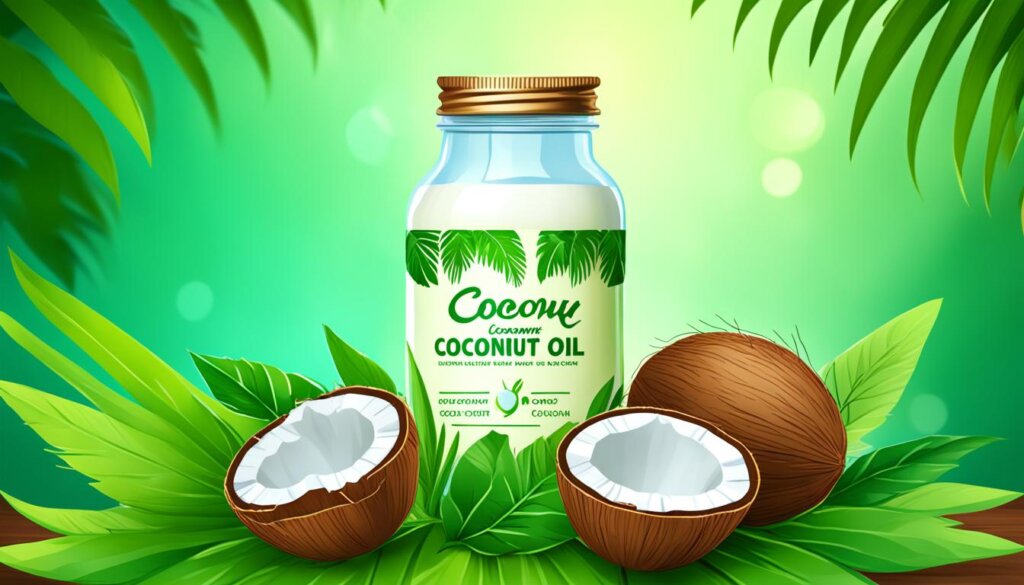
One of the main reasons coconut oil works is lauric acid. It blocks the growth of Candida albicans when you put it directly on your skin.
Tea Tree Oil: A Potent Essential Oil
Tea tree oil is a strong essential oil. It fights fungi, bacteria, and viruses.
Studies show it works well against Candida. It even beats drug-resistant candida. So, it’s a great natural option.
Precautions When Using Tea Tree Oil
Dilute tea tree oil before using on skin. Mix it with coconut or jojoba oil.
Avoid using it pure in the vaginal area. Instead, use prepared suppositories. These are safer.
Use tea tree oil sparingly if you have sensitive skin. It might cause some irritation. If you feel any discomfort, stop using it.
Do not swallow tea tree oil. It can be very harmful. Always talk to a doctor before using it for a yeast infection.

Apple Cider Vinegar: An Acidic Solution
Apple cider vinegar baths might help with [apple cider vinegar for yeast infections]. They work because vinegar is acidic and can kill bad germs. Just add 1/2 cup of apple cider vinegar to a warm bath. Soak for 20 minutes, then pat your skin dry. Don’t use vinegar to douche. It can make yeast infections worse, by removing good and bad bacteria.
Always mix apple cider vinegar with water before applying it to your skin. Pure vinegar can hurt.
Eating apple cider vinegar could also be good for you.
Apple Cider Vinegar Bath
In lab studies, apple cider vinegar lowered Candida albicans growth. However, more human studies are needed before doctors can say it’s a good treatment for [apple cider vinegar for yeast infections]. Yet, some people say these baths help ease yeast infection symptoms.
To try it, put 1/2 cup of apple cider vinegar in a warm bath. Then soak for 20 minutes. This might calm itchiness and burning for some, not all.
Garlic: A Natural Antifungal
Garlic has shown antifungal power that might fight off Candida infections. Yet, we still need more research to be sure. Some studies say using garlic might slow down Candida growth. However, antifungal medicines could be stronger than garlic for treating these infections.
Adding more garlic to your meals could be a good approach. But, putting raw garlic in your vagina is not a smart idea. It can burn and cause pain because of the strong compounds.
A 2006 study pitted garlic against 18 types of Candida. The results were optimistic about garlic’s potential. But, when it comes to short-term oral garlic use, we don’t have clear answers yet. The University of Melbourne didn’t find solid proof in their research.
Another study in Iran in 2010 compared treatments. They looked at garlic and thyme cream vs. clotrimazole. They found no big difference. If you take garlic by mouth, you might have bad breath and a few stomach issues. It might even interact with some drugs. Using garlic on your skin might cause itching, hives, and other issues such as a headache and vomiting.
Hydrogen Peroxide: An Antiseptic Remedy
Hydrogen peroxide fights bacteria and yeast as an antiseptic. It is made by Lactobacillus bacteria in the vagina. People might add it to a bath or dilute it before using on skin. But, using it for yeast infections in the vagina has little proof. It might not work on all yeast types. Douching with it is not a good idea, and never use it inside your body.
Diluting Hydrogen Peroxide
Mixing hydrogen peroxide right is key. This helps avoid harm to the vagina. The right mix is 1 part hydrogen peroxide to 10 parts water. Always test a small area first to check for any negative effect.
Vitamin C: An Immune System Booster
Vitamin C boosts your immune system. It has properties that fight Candida overgrowth. You can increase your intake by eating more vitamin C-rich foods or taking supplements. But, don’t put vitamin C directly on sensitive vaginal areas. It can irritate because of its acidity.
Vitamin E: A Soothing Solution
Vitamin E is a strong antioxidant. It lets people with yeast infections feel better. It lessens the soreness and swelling that comes from these infections. Some doctors think vitamin E helps fight certain kinds of vaginal soreness. Studies show it might lower the swelling from Candida albicans.
Vitamin E Suppositories
Putting vitamin E oil on the vulva or inside the vagina can soothe itching and burning. There are also vitamin E suppositories made for the vagina. They offer focused help. Using vitamin E in your routine can make you feel better while dealing with yeast infections.
Understanding Yeast Infections
Vaginal yeast infections happen when the Candida fungus grows too much in the vagina. About 75% of women will get a yeast infection at least once. Milder cases might go away without help. But, most often, you need to treat them with medicine.
Symptoms of a Yeast Infection
A yeast infection can make your vagina discharge look white or yellow. It might even feel like cottage cheese. Along with that, you could have itching, burning when you pee or have sex, and pain in your private parts.
Using antibiotics, being pregnant, having diabetes, and a weak immune system can cause yeast infections. Taking antibiotics can kill your usual bacteria, leading to a yeast infection. If you often get yeast infections, it might be a sign of a health problem like diabetes.
If your yeast infection stays after you treat it or gets worse, see a doctor. This is very important if you are pregnant, have been having sex with someone with an infection, often get yeast infections, or if you are not sure what’s wrong. If left untreated, yeast infections can become serious.
Drinking plenty of water is good, but it won’t clear up a yeast infection all by itself. Certain remedies, like Greek yogurt, boric acid, and probiotics, can help with the symptoms of mild to moderate yeast infections. But, for strong or stubborn yeast infections, you might need to see a doctor for a stronger medicine.
Conclusion
Yeast infections are common but can often be treated. Home remedies and over-the-counter products usually work well. You can try things like Greek yogurt or apple cider vinegar. They might help for mild to moderate cases.
More serious infections might need stronger medications. Always talk to a doctor if it’s your first yeast infection. Or if the symptoms don’t get better with home remedies.
Knowing the signs and causes is key. This way, you can pick the right treatment at home or with your doctor. This can help manage this often seen health issue quite effectively.
FAQ
What are some home remedies that can help provide relief for yeast infections?
Various home remedies can offer relief for yeast infections. These include natural yogurt, boric acid, and oil of oregano. Probiotic supplements, coconut oil, and apple cider vinegar are also beneficial. Additionally, garlic, hydrogen peroxide, vitamin C, and vitamin E may help ease the symptoms.
How can probiotics and yogurt help with yeast infections?
Plain Greek yogurt with probiotics can help fight yeast. It does this by restoring the right bacteria balance in the body. This, in turn, reduces the risk and severity of yeast infections.
Is boric acid an effective treatment for yeast infections?
Yes, boric acid is good at treating some yeast infections. It’s especially useful when other treatments don’t work. But, too much boric acid can be poisonous. This can cause serious health issues or even death.
How can oil of oregano be used for yeast infections?
Oil of oregano has antifungal properties that fight Candida. To use it, mix a few drops with a carrier oil. Then apply it to the skin either by massaging it in or using a diffuser.
What are the benefits of using probiotic supplements and suppositories for yeast infections?
Probiotic supplements help balance bacteria and yeast. They take time to work but are effective. Using probiotic suppositories in the vagina can be quicker and also treat bacterial vaginosis.
How can coconut oil be used to treat yeast infections?
Coconut oil fights the yeast that causes infections. You can apply it directly to the affected area. It can also be mixed with other essential oils like tea tree oil.
What are the precautions when using tea tree oil for yeast infections?
Tea tree oil is strong and must be diluted before use. Never apply it directly to the vaginal area. It is safer to use vaginal suppositories that contain tea tree oil.
How can apple cider vinegar be used to treat yeast infections?
Apple cider vinegar can be in a bath to help kill harmful microorganisms. Dilute 1/2 cup in a lukewarm bath. It’s important to never use it undiluted, as it can cause skin irritation.
Can garlic help treat yeast infections?
Garlic has some antifungal properties against yeast. It’s best to eat more garlic. But, inserting raw garlic into the vagina can hurt sensitive tissue.
How can hydrogen peroxide be used for yeast infections?
Hydrogen peroxide can kill yeast, but evidence supporting this is limited. It’s not recommended for douching or internal use. It should be diluted and used externally only.
What are the benefits of using vitamin C and vitamin E for yeast infections?
Vitamin C boosts the immune system against yeast. Vitamin E decreases irritation and inflammation. You can apply vitamin E oil to the vagina. Vaginal vitamin E suppositories are also an option.
What are the symptoms of a yeast infection?
The symptoms include white or yellow discharge with an itch. There may be pain during sex or urination. General pain or discomfort in the genital area is common too.
